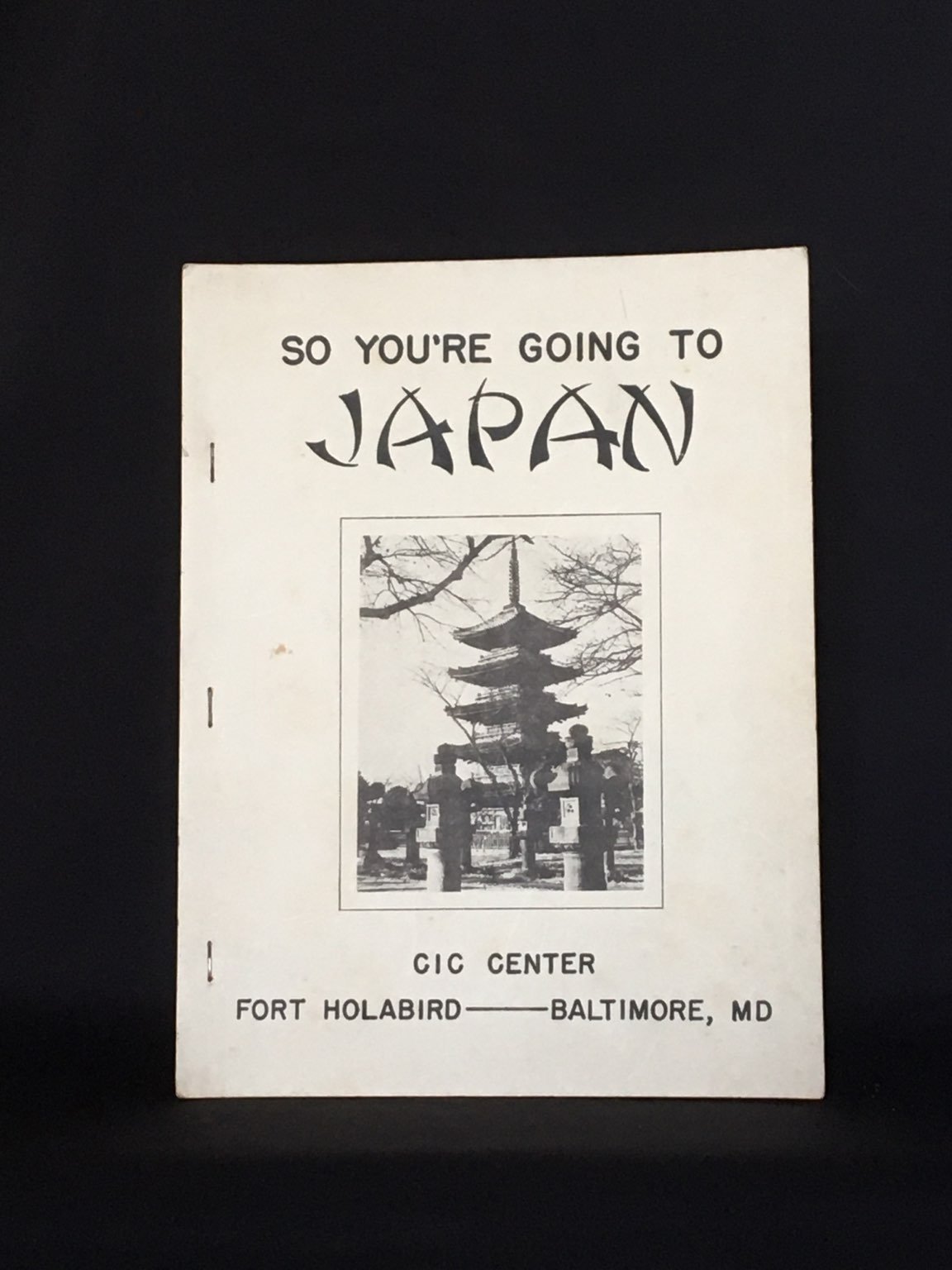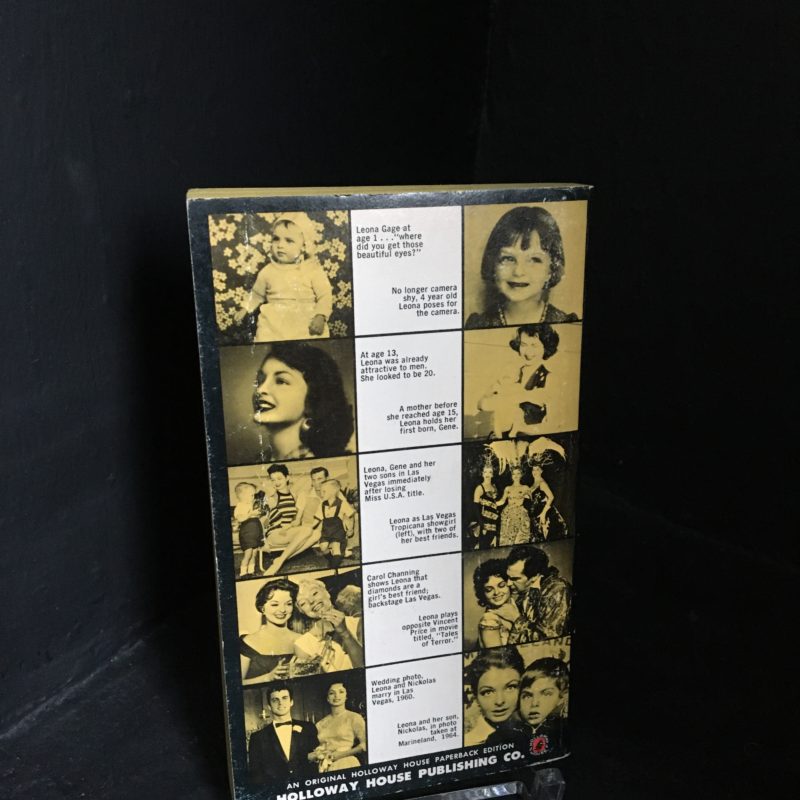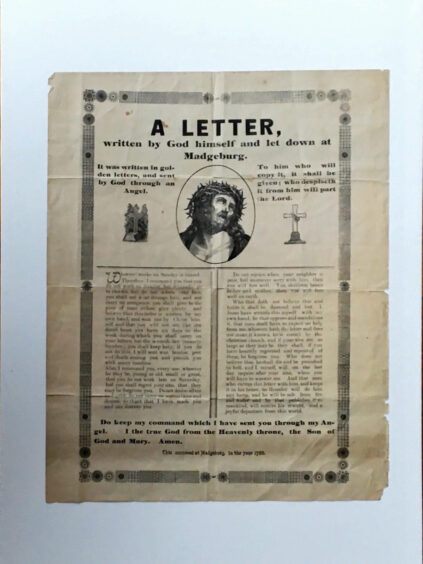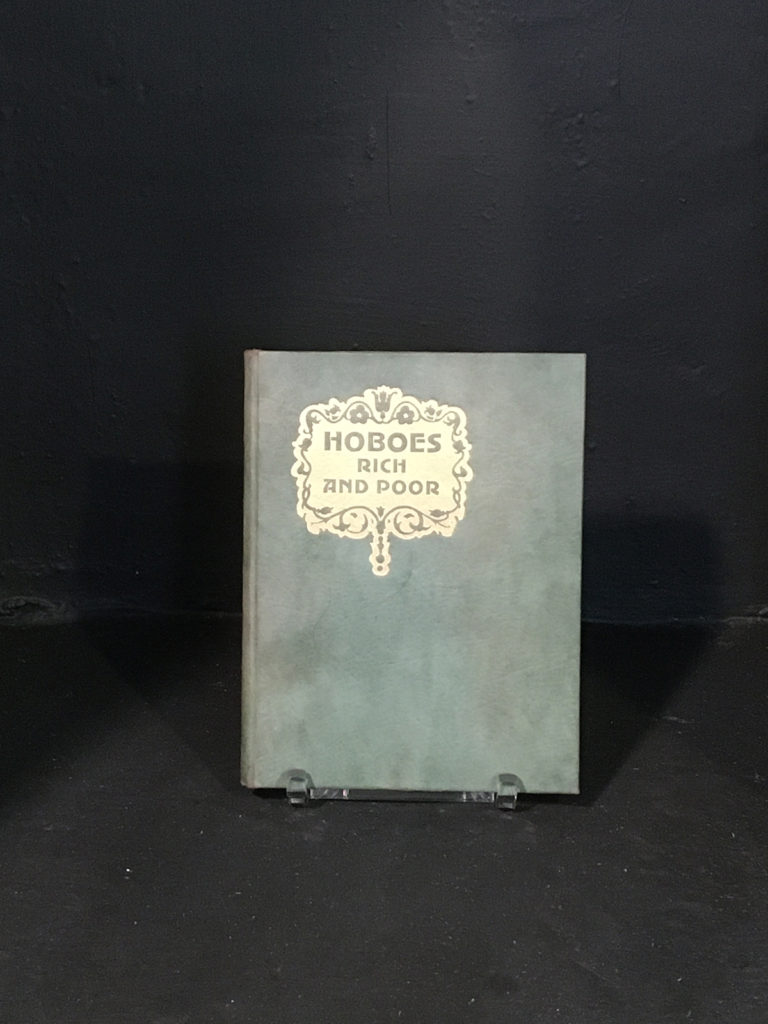Army Counterintelligence Corps Japan Travel Prep Guide
$350
Out of stock
Description
Original US Army Counterintelligence Corps training document for troops deploying to occupied Japan
[ US Army ]. So You’re Going To Japan! CIC Center – Fort Holabird : Baltimore, Maryland. Undated. [ c. 1952 – 1955].
This rare piece of post – World War II and early Cold War ephemera dates from the first years of the US Army’s Counterintelligence Corps ‘ work in occupied Japan.
Created in 1942 under the authority of General MacArthur the CIC were originally tasked with intelligence gathering, guerilla warfare, and combating enemy espionage and sabotage efforts during the Second World War. Following the defeat of the Axis powers and the surrender of Japan in August 1945, the 441st Division of the CIC was retooled into one of the central structures of the American occupation, operating out of their headquarters at Norton Hall in Tokyo.
This document, published at Fort Holabird outside Baltimore, Maryland dates from after the army had changed Holabird’s name from “camp” to “fort” in 1950 and before Norton Hall, a former Kenpeitai military police headquarters, was returned to the Japanese government in 1955.
Citing an earlier 1951 statement which appropriately captures the awkwardness of new and fracturing alliances following the war’s aftermath, the text states, “The state of war between Japan and the Allied Powers — with the accompanying occupation — is terminating. Japan becomes a sovereign nation — free to direct her own internal and external actions — and, we hope, a permanent ally of the United States.”
(Despite this statement to the contrary, American intelligence services remained heavily involved in Japanese politics, helping direct “democratic” elections until at least the 1960s).
Following formal instructions for newly arrived agents detailing travel from Camp Drake in Saitama to headquarters in Tokyo and Counterintelligence corps structure, the text proceeds to provide tips that illuminate the Army ‘s view of Japan under occupation. In addition to offering a brief Japanese history and an Army approved reading list for further study, the guide provides suggestions for tourism, entertainment, eating, and a glossary of helpful phrases. Details such as the rise of Japanese baseball and the exchange rates for military currency to yen are especially interesting, as are the warnings not to eat seafood or confuse geishas for prostitutes.
No copies found in OCLC as of April 2021. Not listed in Ward’s The Allied occupation of Japan, 1945-1952: An annotated bibliography of Western-language material.
Large 8vo, 24 pp, staple bound pamphlet. Minor spotting and soiling to wraps. Corners bumped. Small stain to margin and line of text, pg. 9. Pages otherwise clean. Very good condition.
If you liked this book, you might also like this work on Temperance missionaries and the US Military in 19th-century Shanghai.






